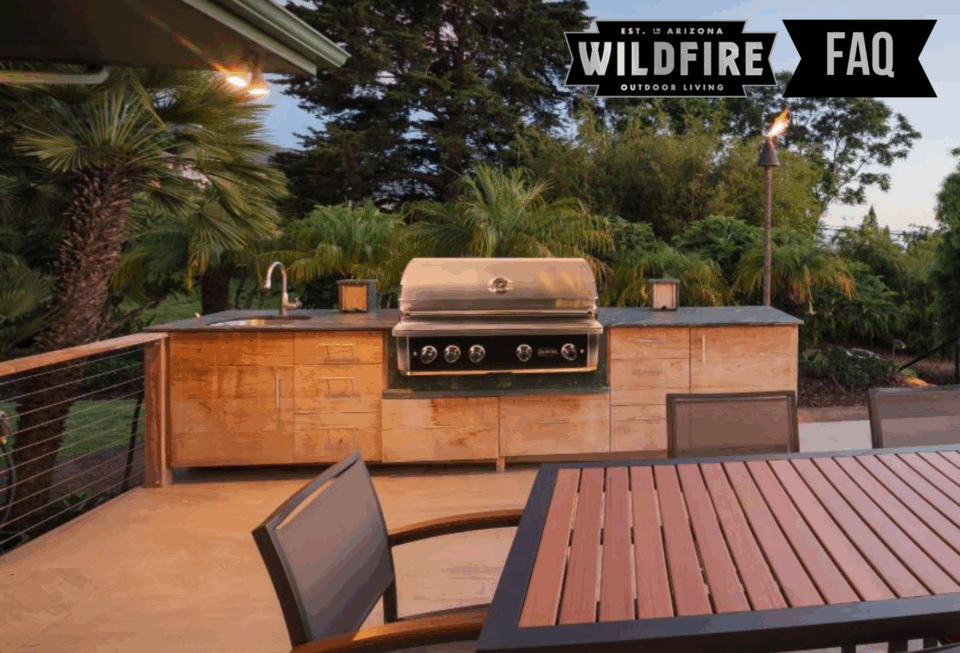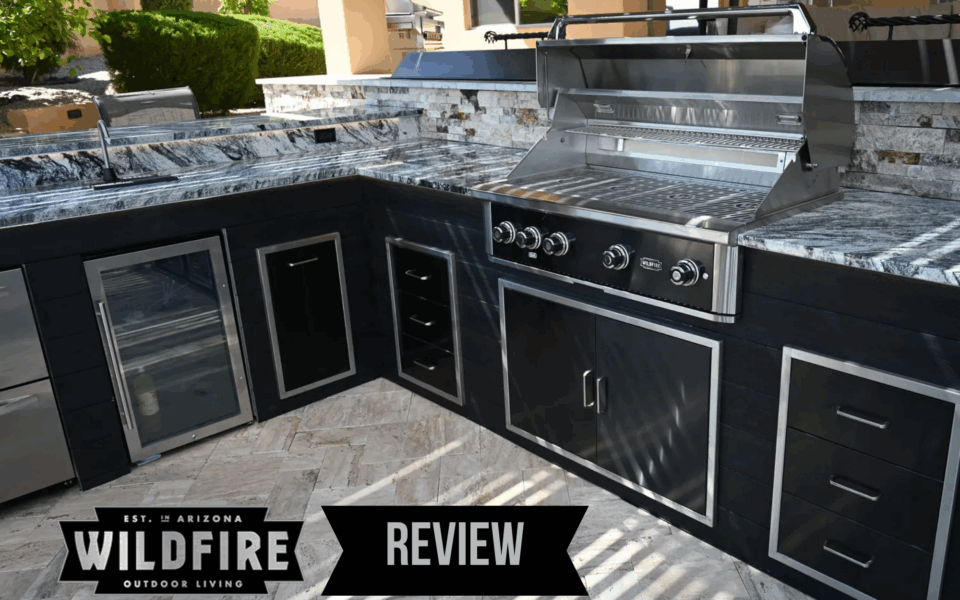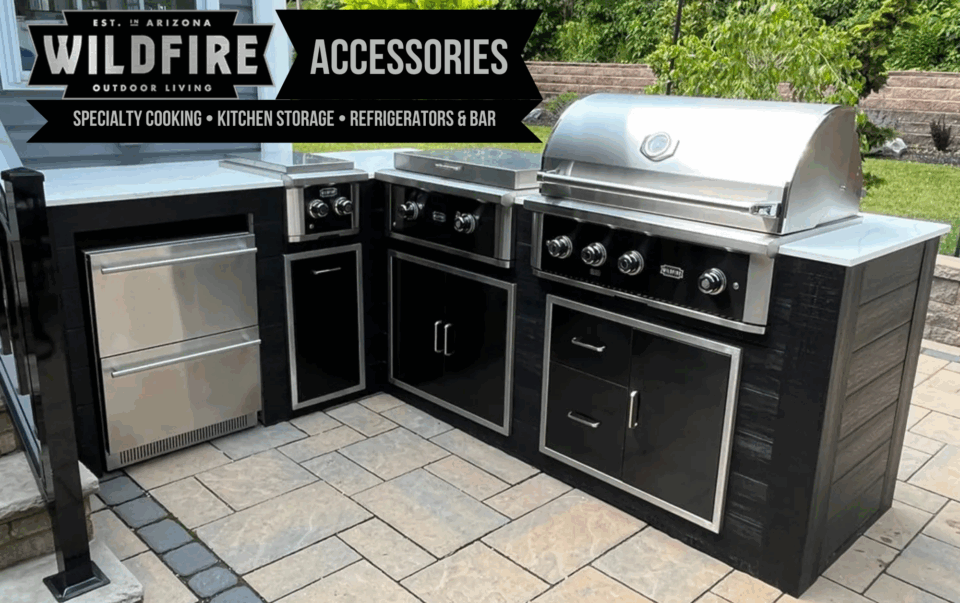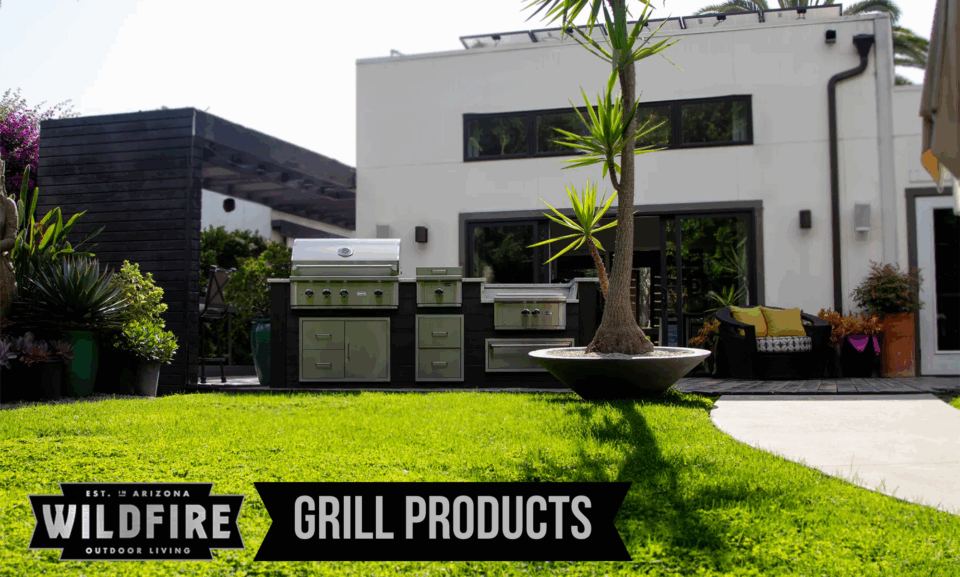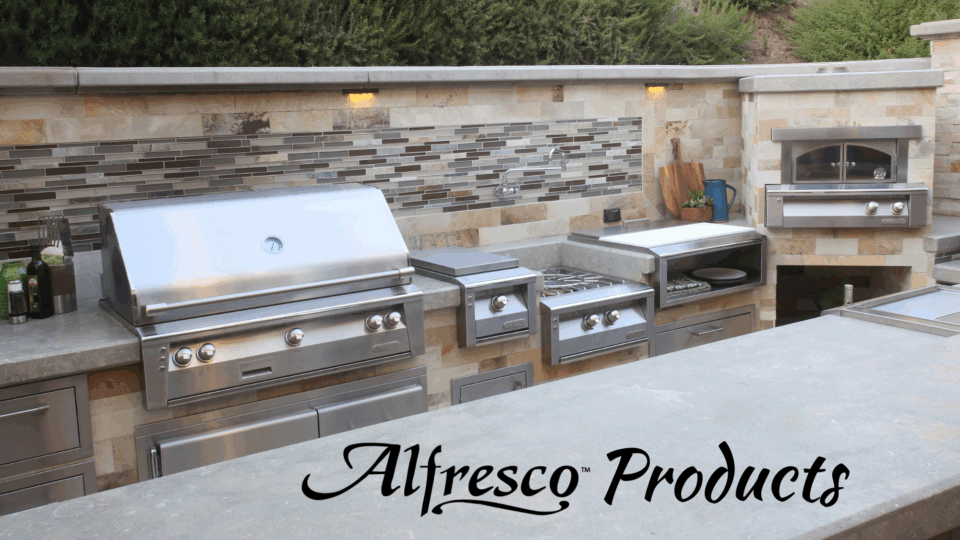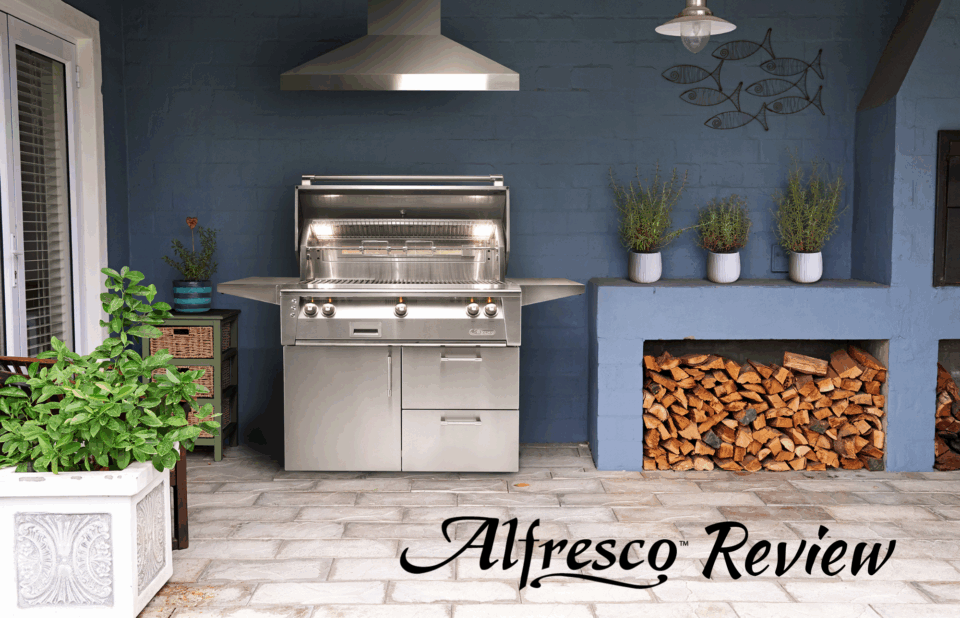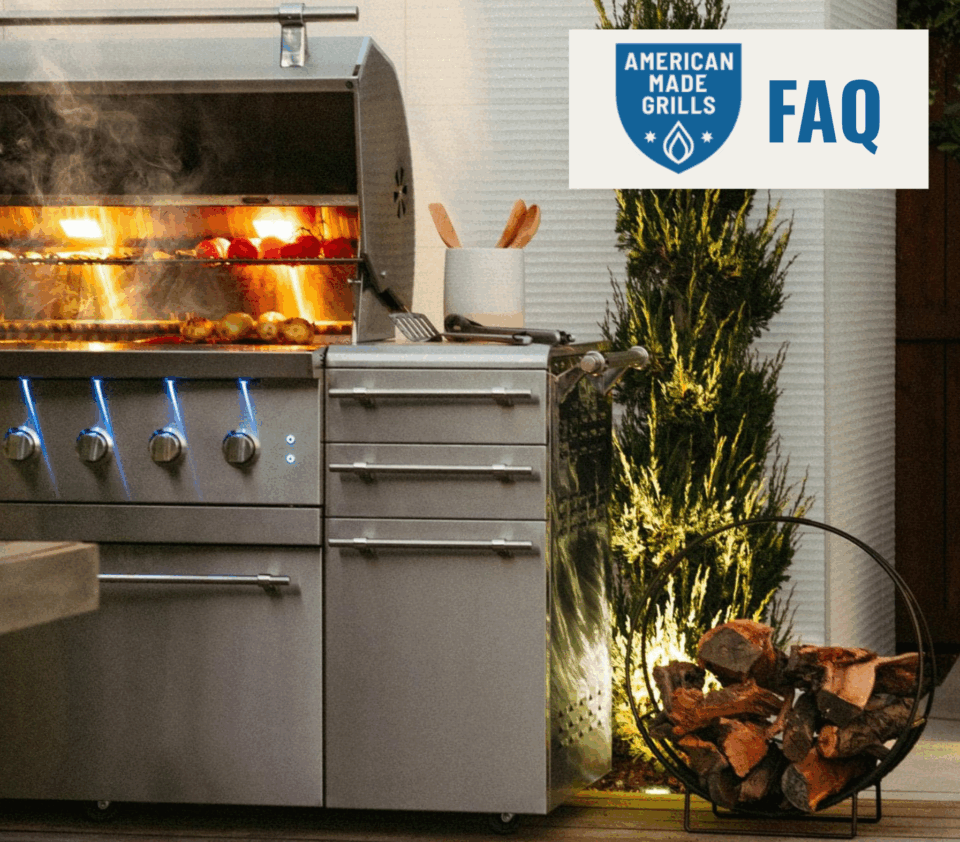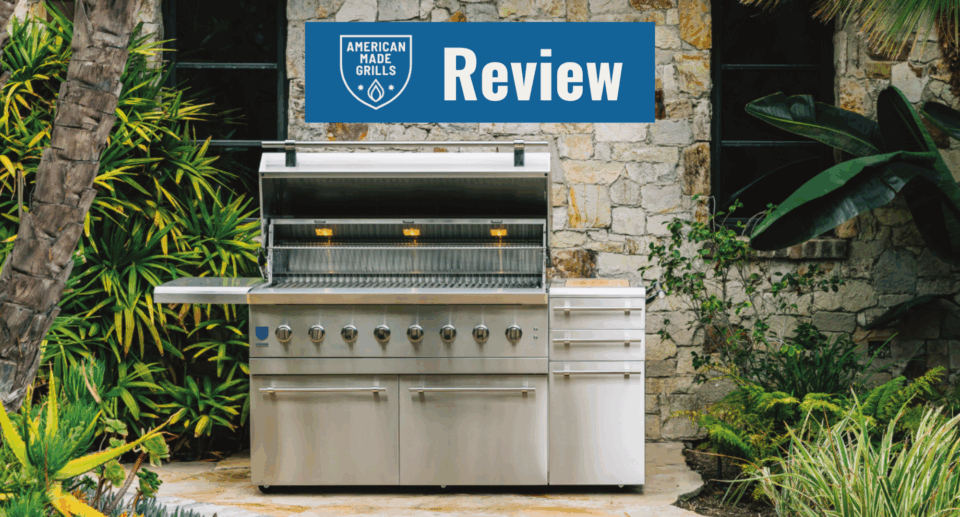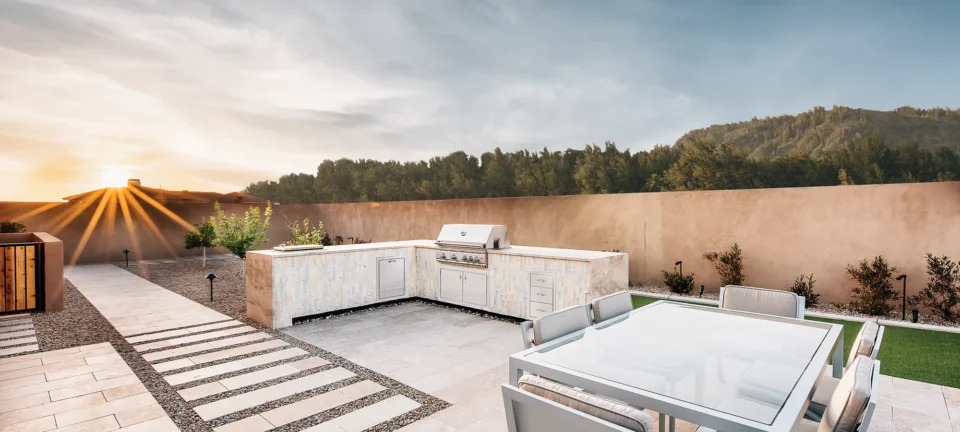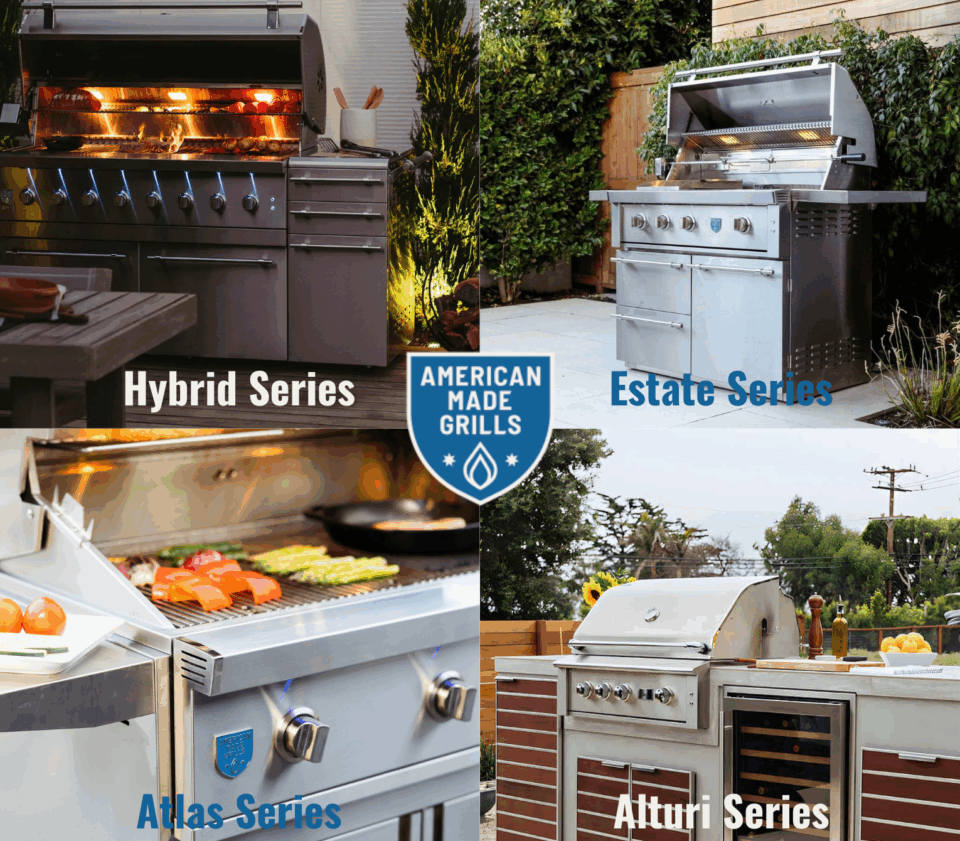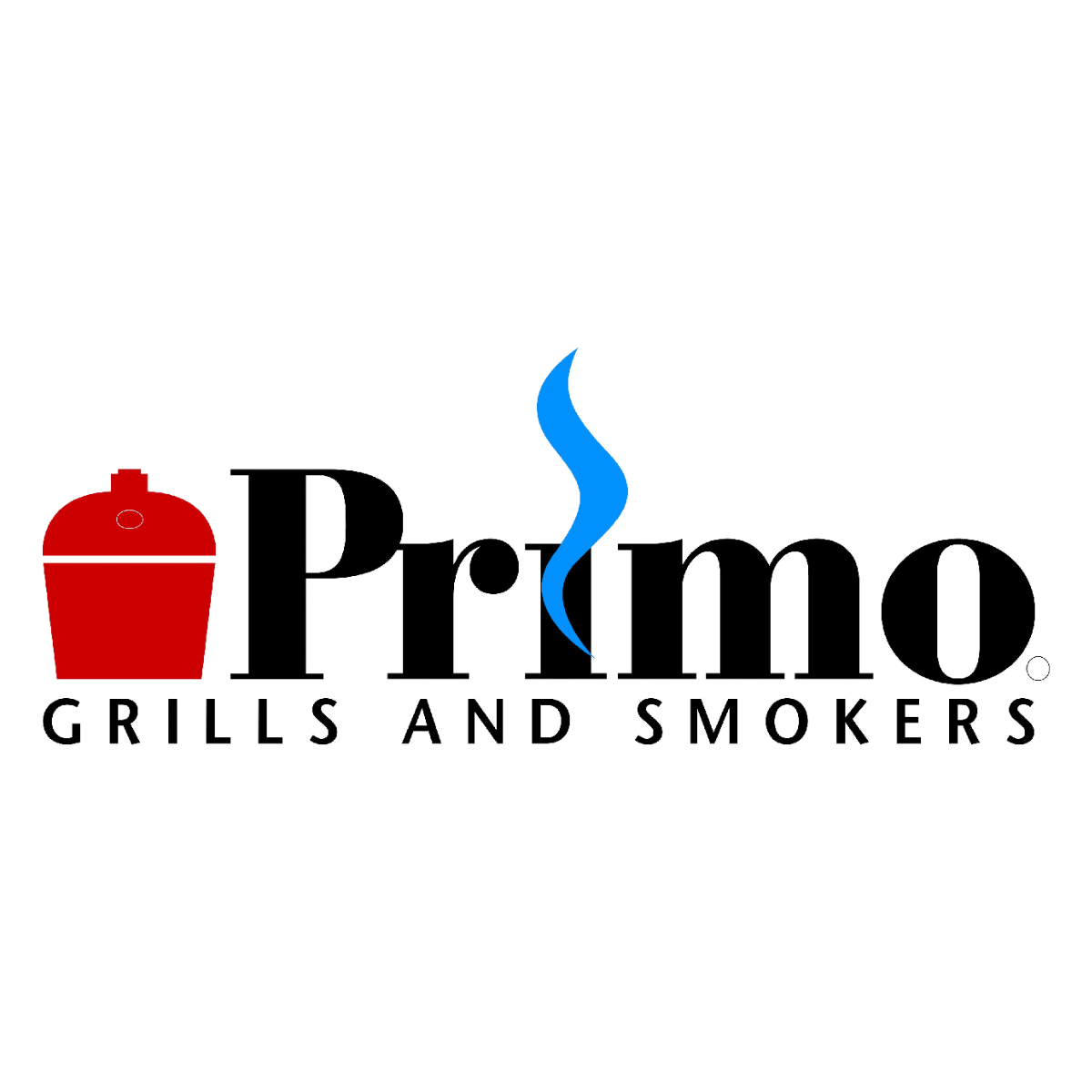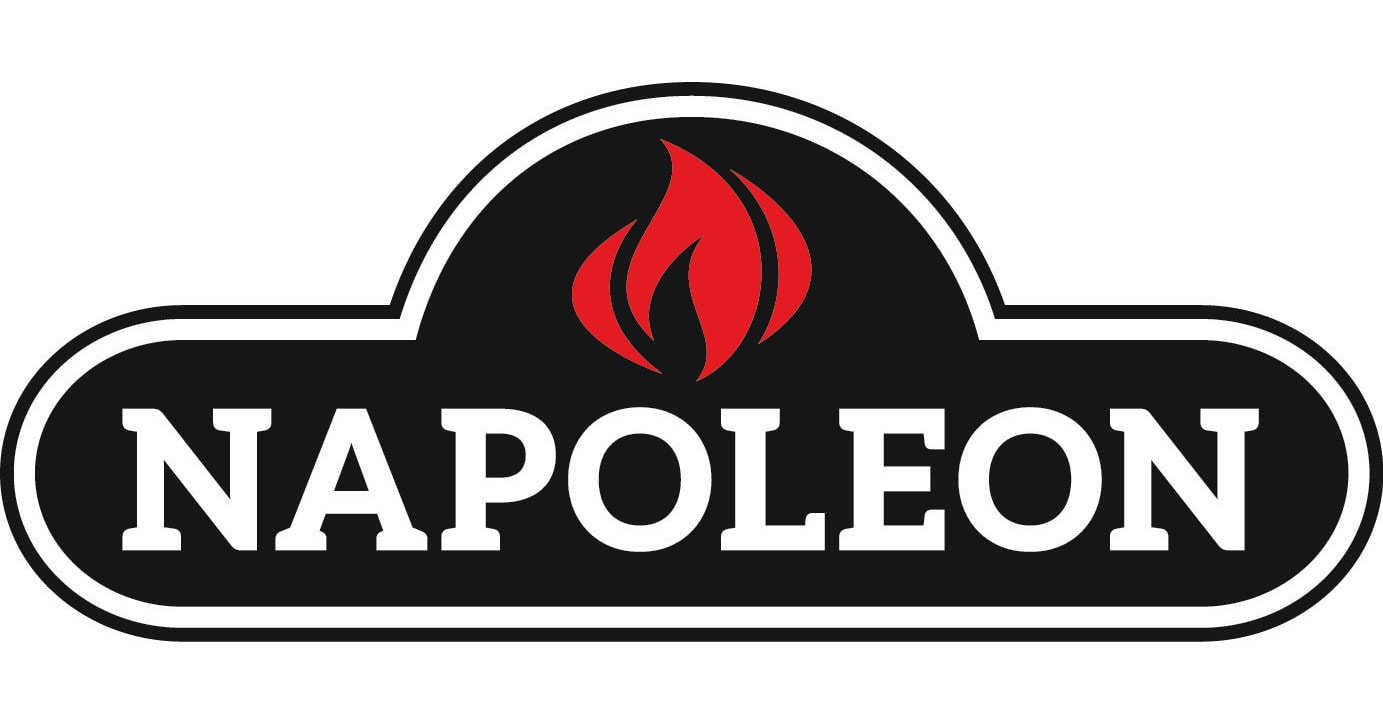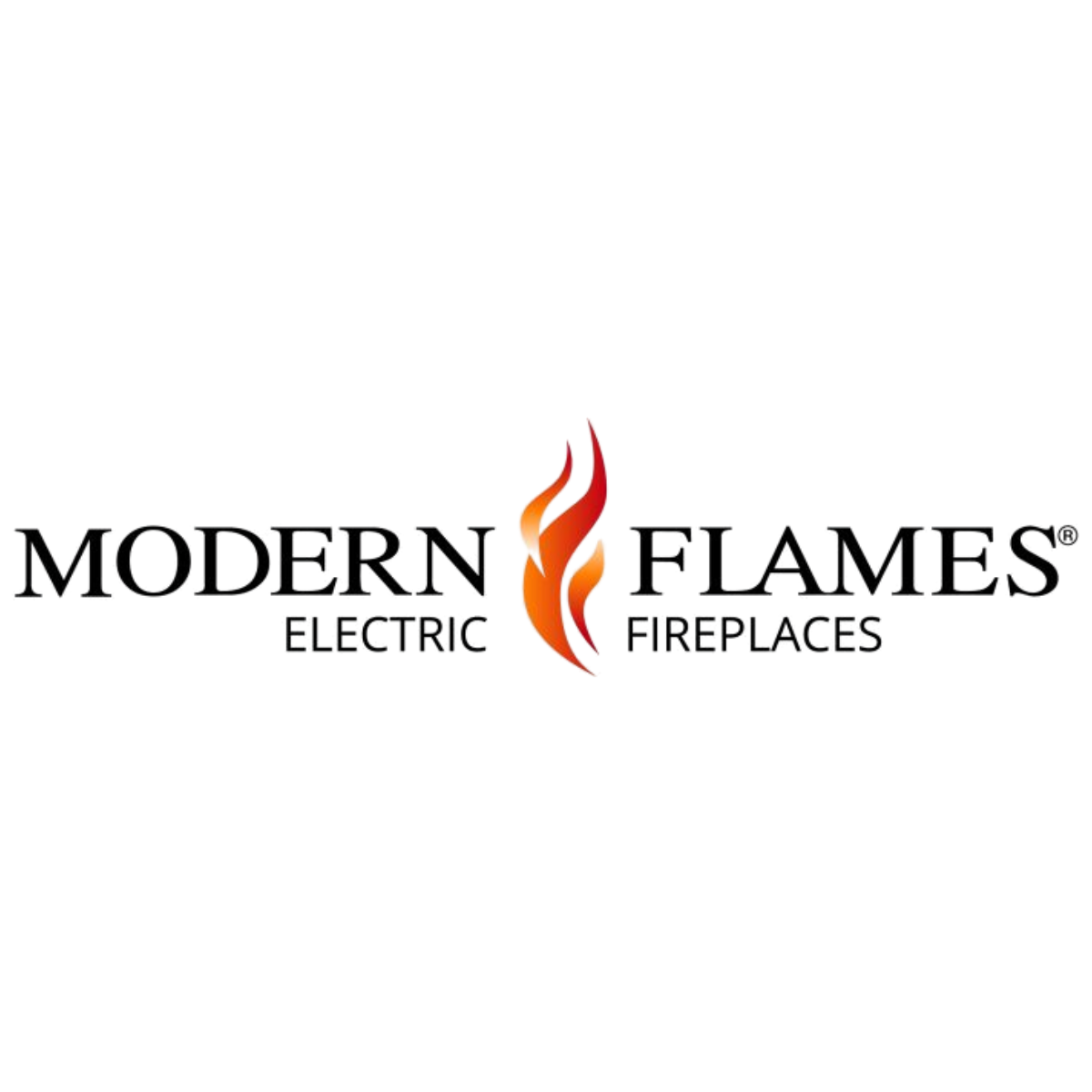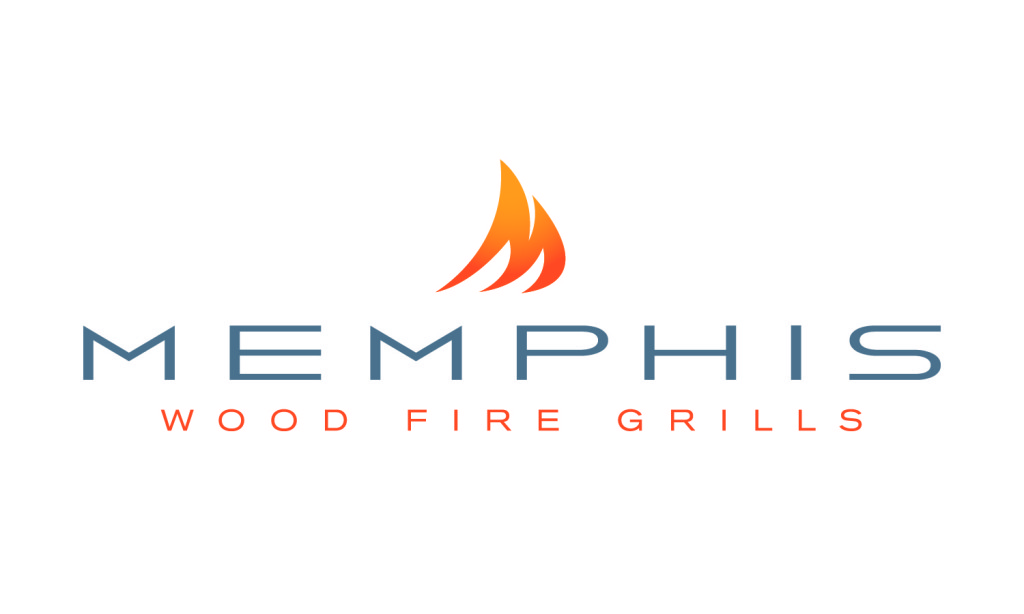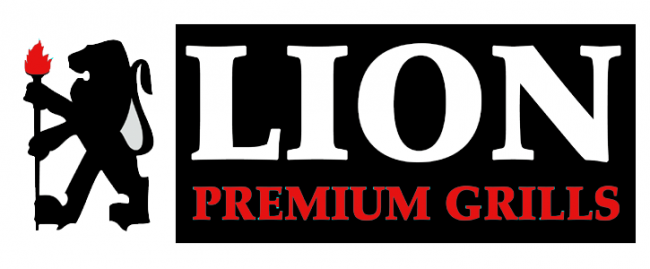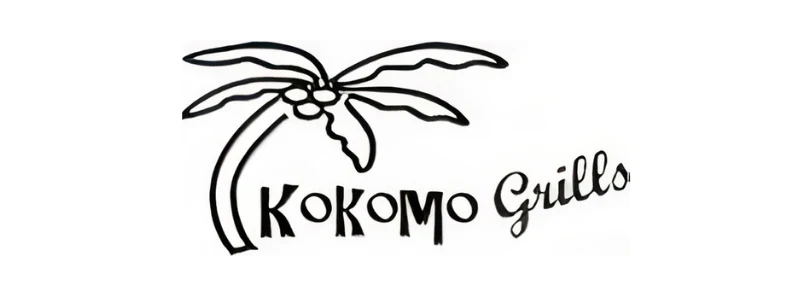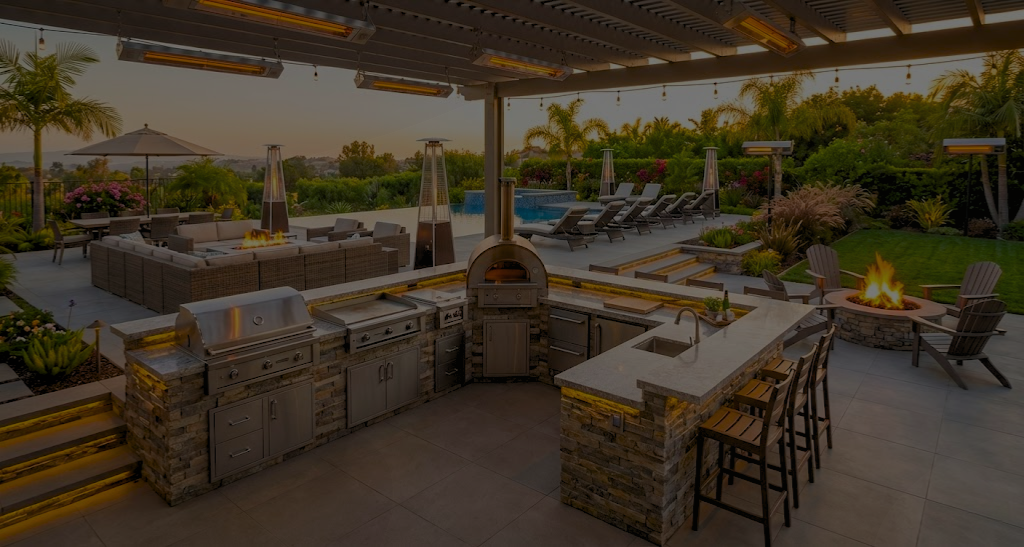
Blog
Best Gas Grill Burners: Cast Stainless vs Ceramic Infrared vs Tube (Full Comparison Guide)
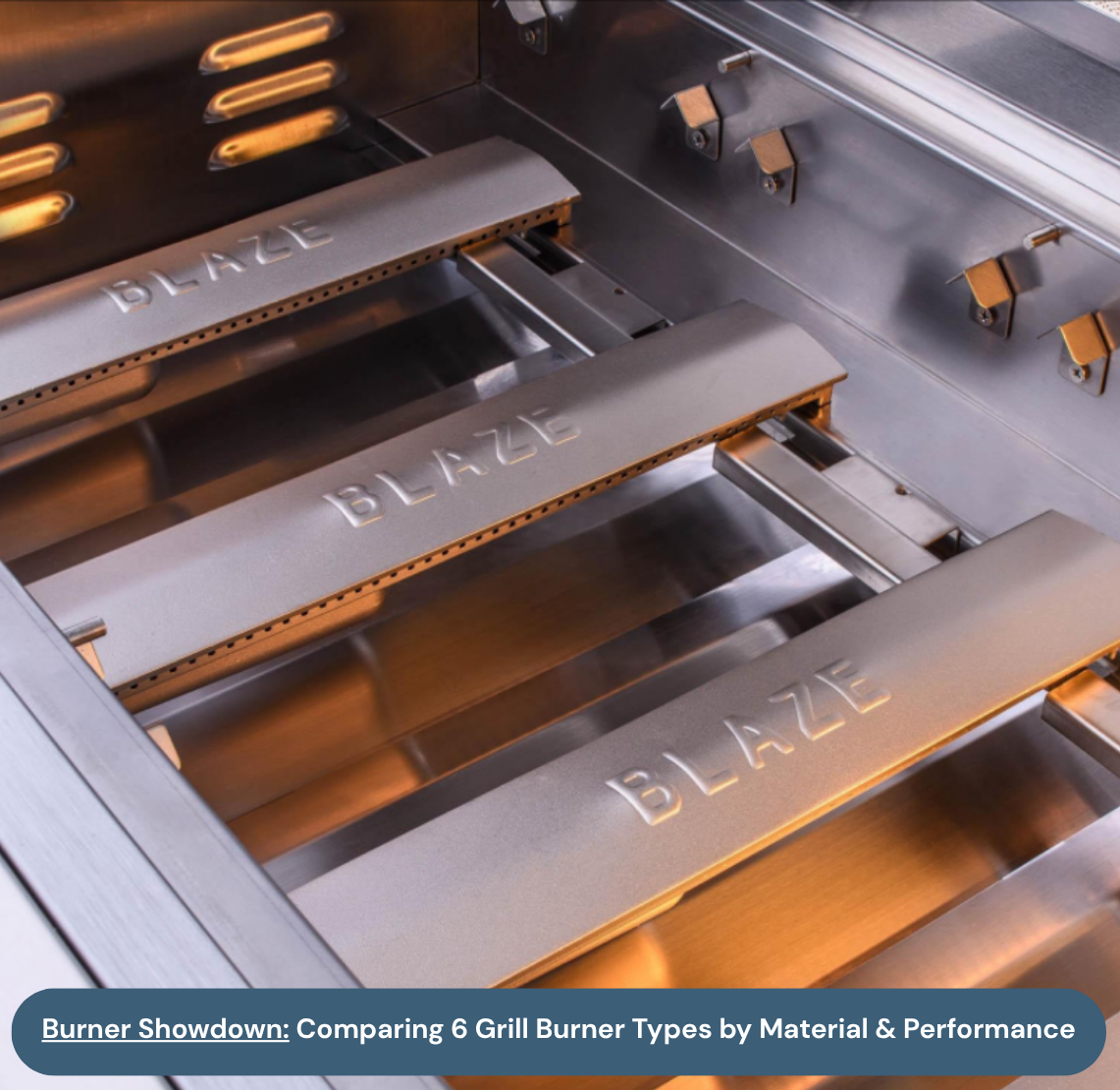
Which Best Grill Burner Type Delivers the Heat You Need?
Choosing the best grill burner type can change everything about how you cook—from how fast your grill heats up to how evenly your food turns out. With so many stainless steel grill burners and ceramic options available today, it’s not just about flame power—it’s about finding the right fit for your cooking style, your maintenance habits, and your grill’s long-term performance.
In this guide, we compare six of the most popular burner types used in modern backyard grills to help you understand the build, the heat, and the results you can expect in this gas grill burner comparison.
Build & Materials — What Your Burner’s Made Of Matters
The construction of your grill burner plays a huge role in how it performs and how long it lasts. From dense cast stainless steel burners in high-end grills to cost-effective stainless steel grill burners and precision ceramic designs, each type comes with its own strengths and trade-offs. Below, we compare six real-world burners—across cast stainless, stainless steel, and ceramic materials—to show how build quality translates to durability and cooking power.
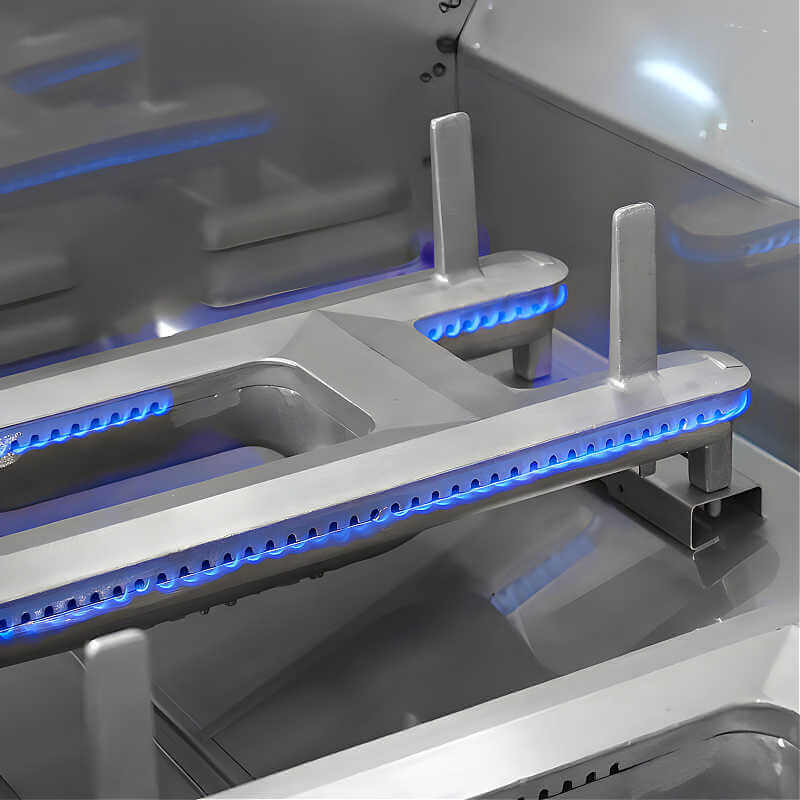
Fire Magic Grill (Cast Stainless H-Burner):
Precision-machined cast stainless burners for steady, even heat across all grill zones.
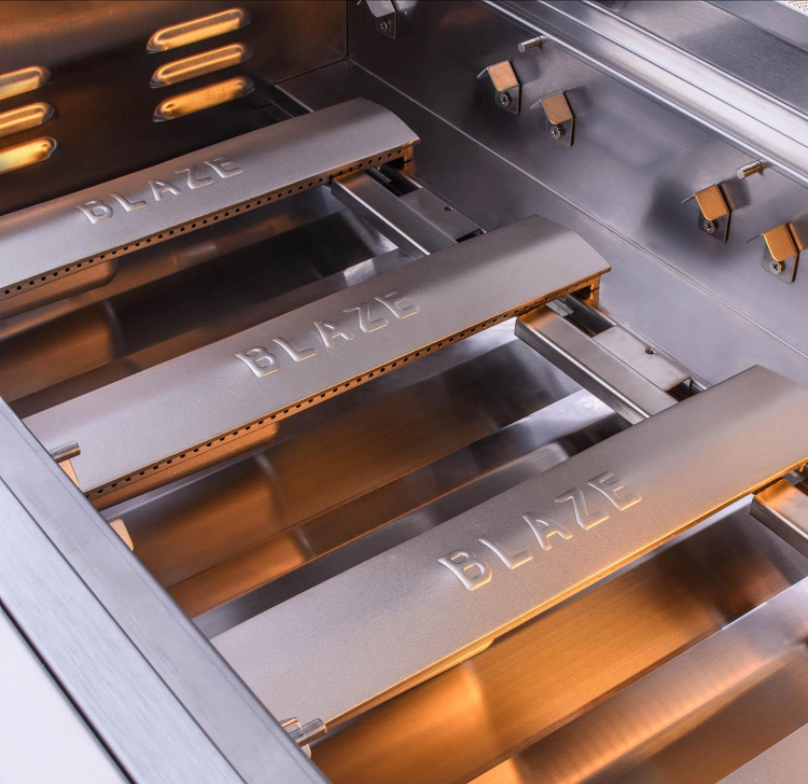
Blaze Grill (Cast Stainless Linear Burners):
Durable linear cast stainless burners built for power, searing, and lasting performance.
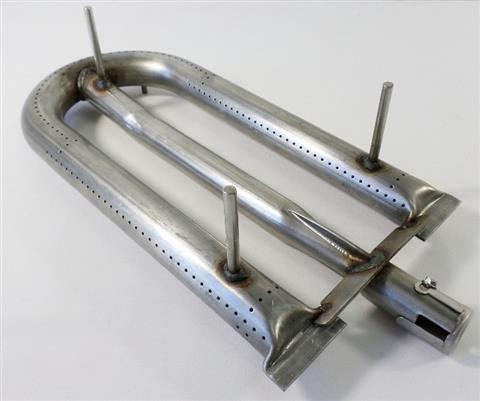
AOG Grill (U-Shaped Stainless Burners):
Classic U-burner shape offers reliable stainless heat for efficient backyard grilling.
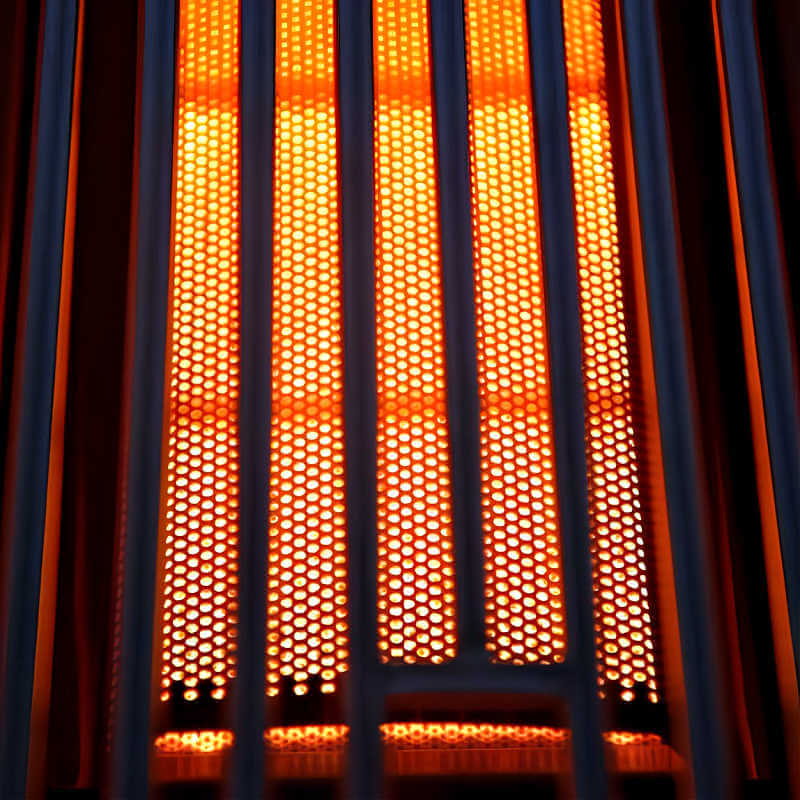
Lion Grill (Ceramic Infrared Burner):
High-temp ceramic tile burner for intense searing and steakhouse-quality crusts.
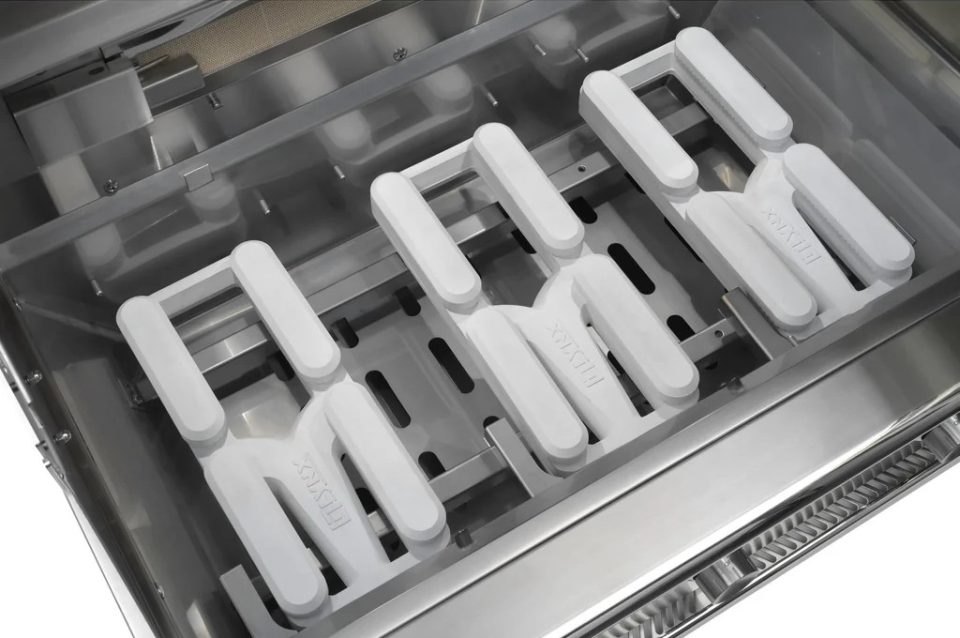
Lynx Grill (Ceramic Block Burners):
Radiant ceramic blocks deliver precise, even heat with minimal flare-ups or hot spots.
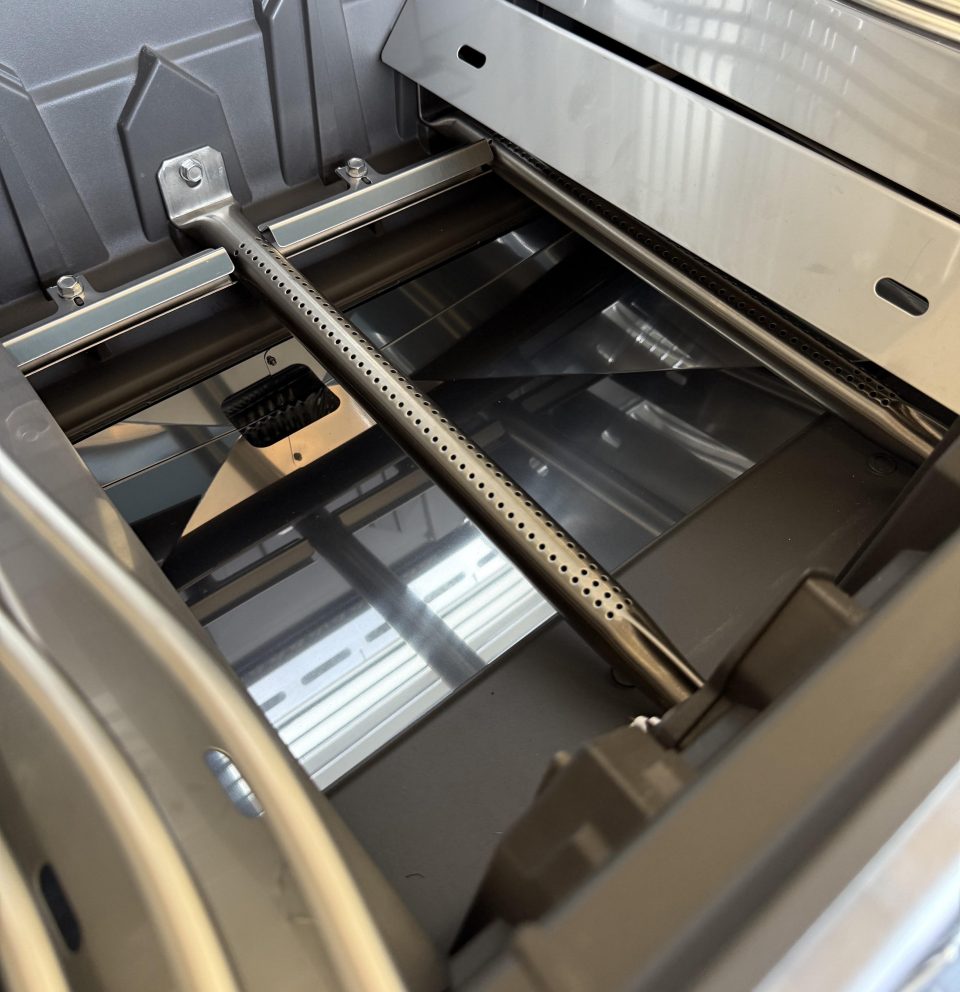
Napoleon Grill (Stainless Tube Burners):
Entry-level stainless tube burners offer steady heat for everyday backyard grilling.
Cooking Performance — Heat Power, Zones & Sear Control
Burner performance isn’t just about raw BTUs—it’s about how heat is delivered, how evenly it spreads, and how well it responds to your cooking style. Whether you’re reverse-searing ribeyes or grilling delicate fish, each burner type performs differently when it comes to power and precision. In this gas grill burner comparison, we break down how ceramic infrared burners, stainless steel grill burners, and cast stainless options stack up in terms of flame control, searing intensity, and heat zone flexibility.

Fire Magic Grill (Cast Stainless H-Burner): Delivers even, steady heat across the cooking surface for full-zone grilling precision.

Blaze Grill (Cast Stainless Linear Burners): Provides intense direct heat and fast searing across the entire burner length.

AOG Grill (U-Shaped Stainless Burners): Reliable U-burners concentrate heat in the center with moderate flare-up control.

Lion Grill (Ceramic Infrared Burner): High-output infrared tiles reach extreme temps quickly for steakhouse-style crusts.

Lynx Grill (Ceramic Block Burners): Delivers low-flare, even infrared heat perfect for slow roasting and high-temp searing.

Napoleon Grill (Stainless Tube Burners): Basic tube design offers solid backyard performance with moderate heat retention.
Upkeep & Warranty – Pay Upfront or Pay Yearly
Burner performance is only half the story. Your grill’s long-term reliability depends heavily on its materials—and the warranty that backs it. Below, we break down the expected upkeep and coverage of six popular burner types, so you can avoid surprise costs and maintenance headaches down the line.
| Burner Type | Typical Warranty | Maintenance Level |
|---|---|---|
 Cast Stainless – H-Style (Fire Magic)
Cast Stainless – H-Style (Fire Magic) |
Lifetime (with registration) | Low – Minimal cleaning, very durable |
 Cast Stainless – Linear (Blaze)
Cast Stainless – Linear (Blaze) |
Lifetime (with registration) | Low – Simple upkeep, long lifespan |
 Stainless Steel – U-Shaped (AOG)
Stainless Steel – U-Shaped (AOG) |
Lifetime (with registration) | Medium – Check for clogs and corrosion |
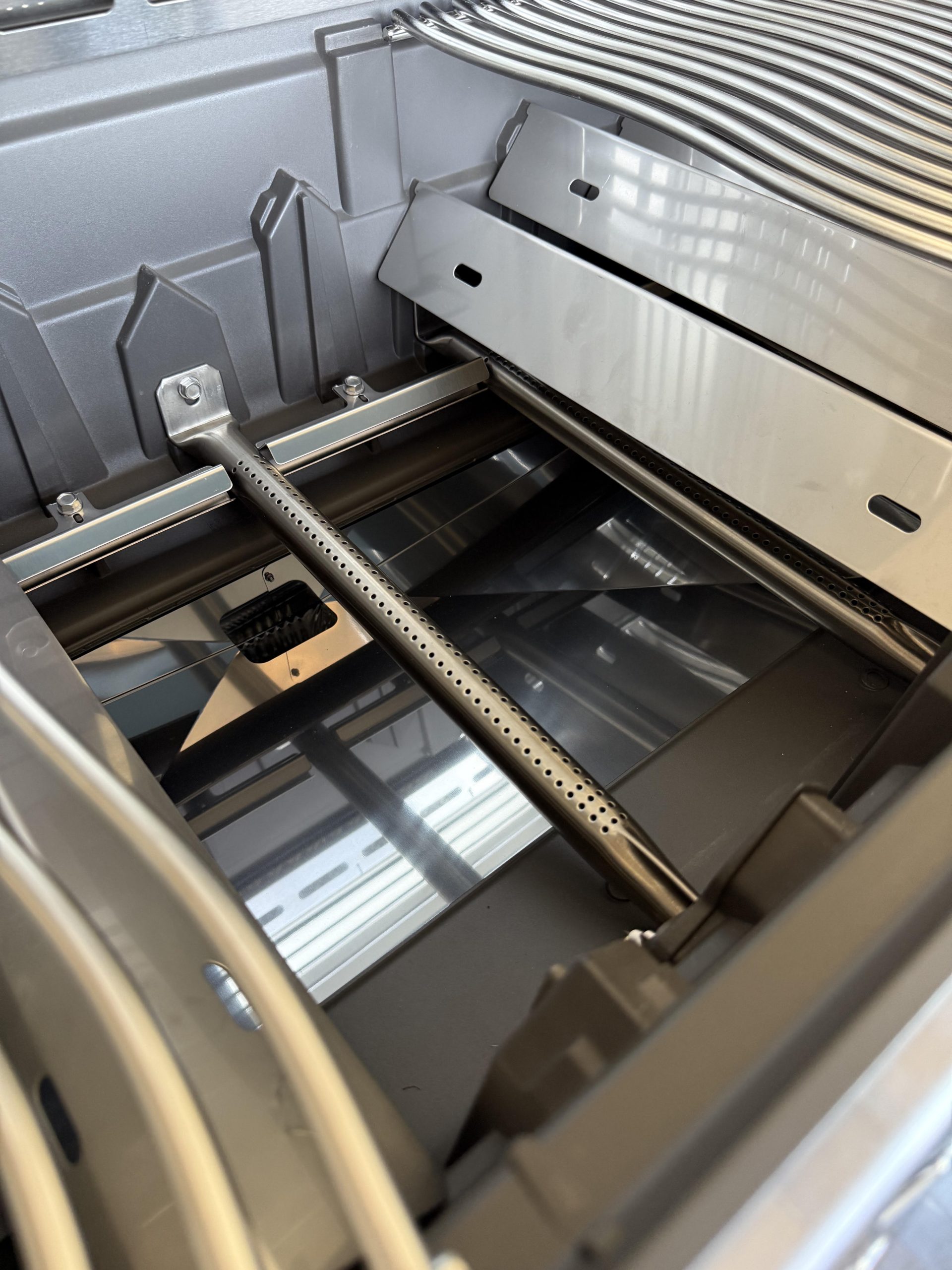 Stainless Steel – Linear Tube (Napoleon)
Stainless Steel – Linear Tube (Napoleon) |
Lifetime (with registration) | Medium – Budget-friendly, clean often |
 Ceramic – Infrared (Lion)
Ceramic – Infrared (Lion) |
Lifetime (with registration) | Medium – Powerful but delicate |
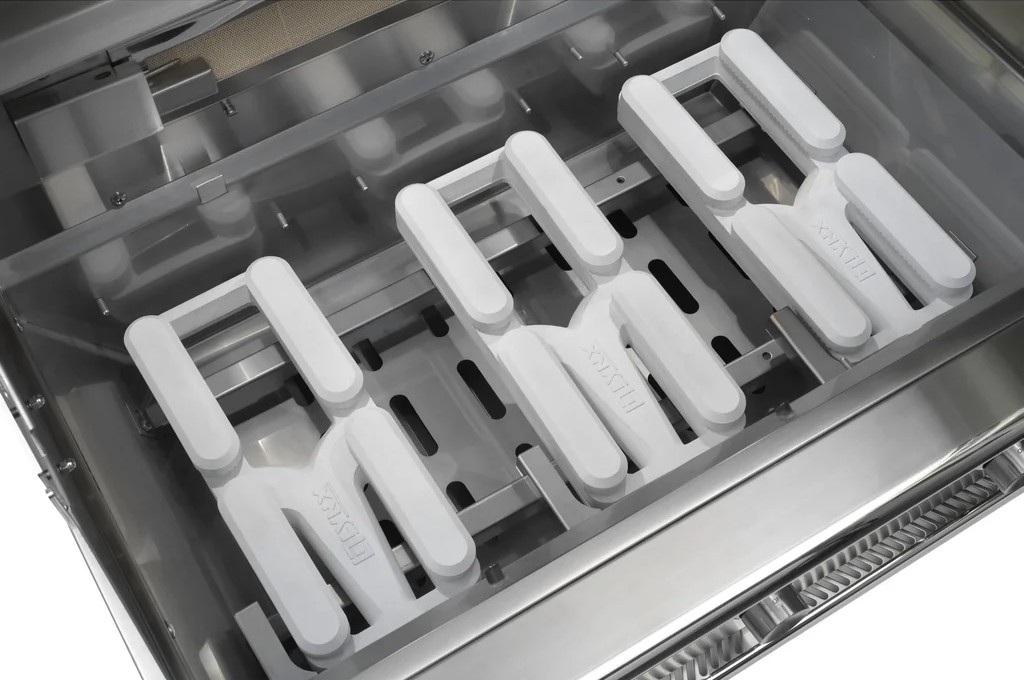 Ceramic – Block Style (Lynx)
Ceramic – Block Style (Lynx) |
Lifetime (limited) | Low – Self-cleaning, great searing |
Pro Tip: Register your grill and follow brand-recommended cleaning tips to maximize warranty protection—especially on ceramic and stainless burners.
Flavor Impact – How Burners Handle Drippings & Flare-Ups
Great grilling isn’t just about heat—it’s about flavor. The way a burner interacts with fat drippings, flare-ups, and smoke can transform a good steak into an unforgettable one. Whether you’re chasing that sizzling sear or aiming for clean, even grilling, here’s how each burner material handles flavor delivery and flare-up control.
| Burner Type | Flavor Performance | Flare-Up Control |
|---|---|---|
| Cast Stainless – H-Style (Fire Magic) | Excellent — Even vaporization across wide surface area | Strong — Radiant trays minimize flare-ups |
| Cast Stainless – Linear (Blaze) | Very Good — Consistent contact with flame tamers | Strong — Flame guards and zone separation reduce flare risk |
| Stainless Steel – U-Shaped (AOG) | Good — Direct heat can produce strong flavor with good control | Moderate — Needs attention to avoid flare-ups |
| Stainless Steel – Linear Tube (Napoleon) | Average — Budget tamers may cause uneven vaporization | Low — Higher flare-up potential without premium shields |
| Ceramic – Infrared (Lion) | High — Instant vaporization of drippings creates rich flavor | Low — Extreme temps can trigger flare-ups if unmanaged |
| Ceramic – Block Style (Lynx) | Outstanding — Radiant heat infuses meats with layered flavor | Strong — Self-cleaning design reduces buildup and flare risk |
Pro Tip: Infrared burners like Lion and Lynx deliver bold flavor fast, but be ready to manage high temps closely to avoid sudden flare-ups.
Final Verdict – Which Burner Type Is Best for You?
After comparing six of the most common burner types across build quality, heat performance, and upkeep, it’s clear that each one fits a specific type of grill owner. Whether you’re all about high-heat searing or just want reliable, low-maintenance cooking, your perfect burner depends on how you grill. Use the grid below to match your lifestyle to the right burner—and make sure your next BBQ investment lasts.
| Grill Owner Type | Recommended Burner | Why It’s the Right Fit |
|---|---|---|
| Weekday Multitasker | Stainless Steel – U-Shaped or Tube | Quick heat-up, lower cost, decent durability—perfect for casual use and family meals. |
| Steak Pursuit Griller | Ceramic – Infrared or Block Style | High direct heat for intense searing and restaurant-style char—ideal for meat lovers. |
| Forever Owner | Cast Stainless – H-Style or Linear | Lifetime durability, even heat, and minimal maintenance for long-term grill performance. |
Not sure what fits your cooking style? Get hands-on with each burner type in person.
Grill Burner FAQ – Your Top Questions, Answered
What is the most durable grill burner type?
Cast stainless steel burners are considered the most durable. They resist rust, hold heat well, and are often backed by lifetime warranties—especially in high-end grills like Fire Magic and Blaze.
Are ceramic burners better for searing?
Yes, ceramic burners—especially infrared styles like those from Lion and Lynx—generate extreme heat quickly, making them ideal for steakhouse-style searing. However, they require more care to avoid damage.
How often should I clean my grill burners?
Ideally, clean your burners every 3–5 uses. Cast stainless and tubular stainless burners need less frequent deep cleaning than ceramic types, which can crack or clog if neglected.
Can I upgrade my burner type later?
Some grills—like those from Lion—allow burner swaps, such as replacing a standard burner with a ceramic searing option. Always check manufacturer compatibility before upgrading.
Is burner shape or material more important?
Both matter. Material affects durability and heat retention, while shape (like H-style vs linear) affects flame coverage and cooking zones. Ideally, choose a burner with a strong material and smart shape design.


